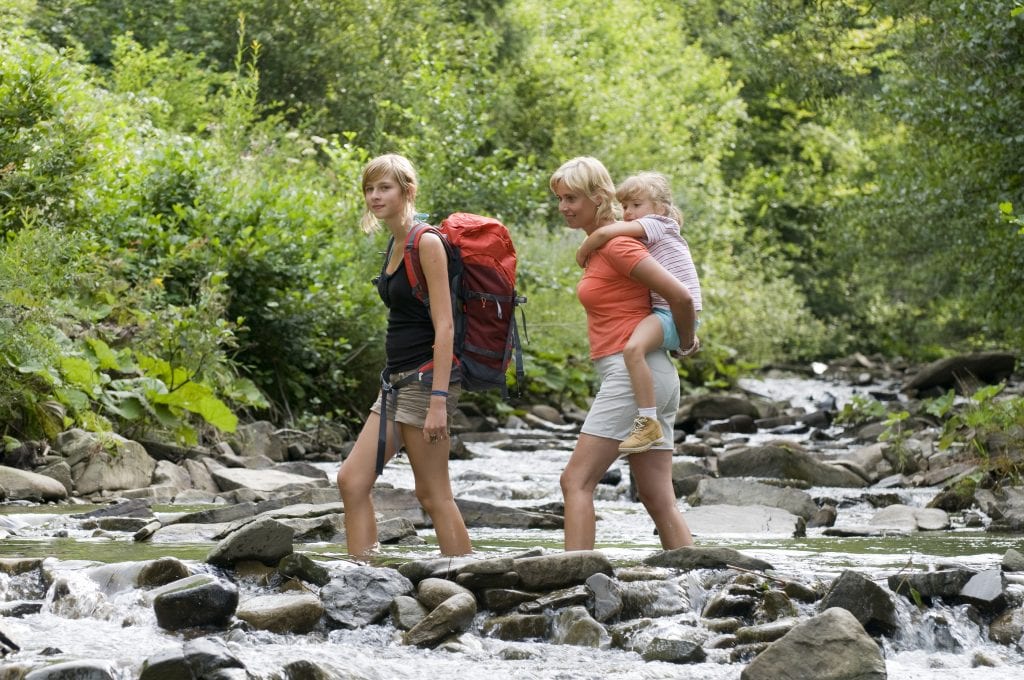
Camping and hiking with kids can be rewarding for everyone. Here are some things you should consider to make the experience a really good one to enjoy and remember.
Keep the long-term in mind
Is the goal to climb that mountain this weekend, or to encourage a life-long love of hiking? The world is full of passionate campers and hikers introduced to the great outdoors by their parents or others. Sadly, there are others put off by bad experiences.
Keep it well within their abilities
Healthy kids can walk a good distance in a day but, when pushed to the limit, they are unlikely to enjoy it. It’s best to choose routes they can manage, or you can stop when you want to.
Major uphills or boggy walks can interfere with the fun for novice walkers. Boulder-hopping can be fun for some kids, but tiring for long stretches, especially for those with shorter legs. Keep the trickier walks for when they are older, or to explore on their own when they are ready.
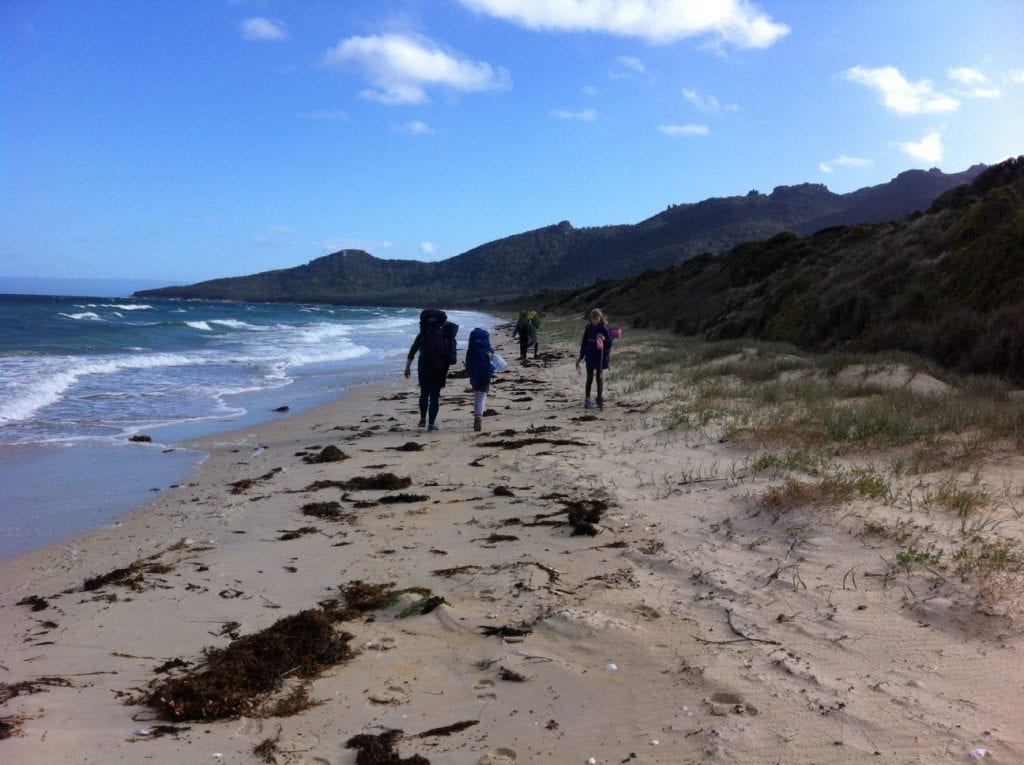 Pick your place and time
Pick your place and time
Like adults, kids like variety and interest. It’s best to pick tracks with different landscapes. Streams, bridges, lakes and beaches can be fun on the way. Older kids love ruins and abandoned things.
Reconsider the trip if the weather is looking rough. Trudging all day through a cold, wet, windy landscape is no-one’s idea of fun. Often you can do a shorter walk, a less exposed walk, or shift your plans to a different location to make it more fun for everyone.
Take breaks
The journey is the destination with hiking, and most kids don’t like walking for long. Part of the fun for them is to play in places they normally wouldn’t: say on a secluded beach or in a mountain tarn.
It’s often said that kids don’t get tired with hiking, just bored. It’s true. While adults sit when having a break, kids will often start an active game or explore their surroundings. Make sure the route from A to B allows for plenty of diversion time.
Groaning tummies, groaning kids
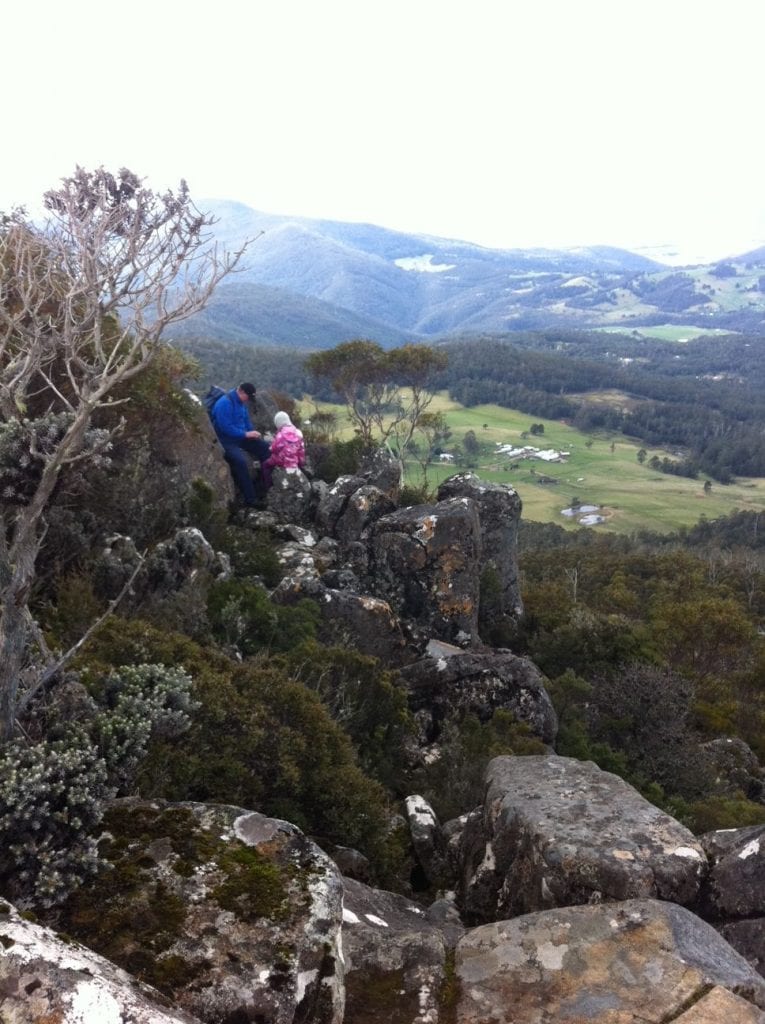 Active kids eat constantly. Have lots and a wide variety of snacks to keep them fuelled. Avoid sweets unless they are eaten with other foods that provide more sustainable energy. Otherwise, kids may suffer from sugar lows after their sugar highs. Scroggin is great, as are muesli bars, dried fruit, biscuits and just about anything your kids like to eat that travels well. Try offering only some snacks each time you stop. Keep some new interesting snacks for near the end of longer walks.
Active kids eat constantly. Have lots and a wide variety of snacks to keep them fuelled. Avoid sweets unless they are eaten with other foods that provide more sustainable energy. Otherwise, kids may suffer from sugar lows after their sugar highs. Scroggin is great, as are muesli bars, dried fruit, biscuits and just about anything your kids like to eat that travels well. Try offering only some snacks each time you stop. Keep some new interesting snacks for near the end of longer walks.
On hikes for adults, we can portion out minimum food quantities. With kids, you’re likely to bring home unused food. Take plenty of extras to allow for kids’ fluctuating energy needs and food pickiness.
Chat with them
Hiking is a great time to catch up with your kid and find out what’s going on in their life. Make the most of it!
Go with friends
Both kids and adults enjoy hiking with friends. Kids are also less likely to whine and give up in front of their mates. There are more people to talk to along the way and to share loads better.
Keep the load light
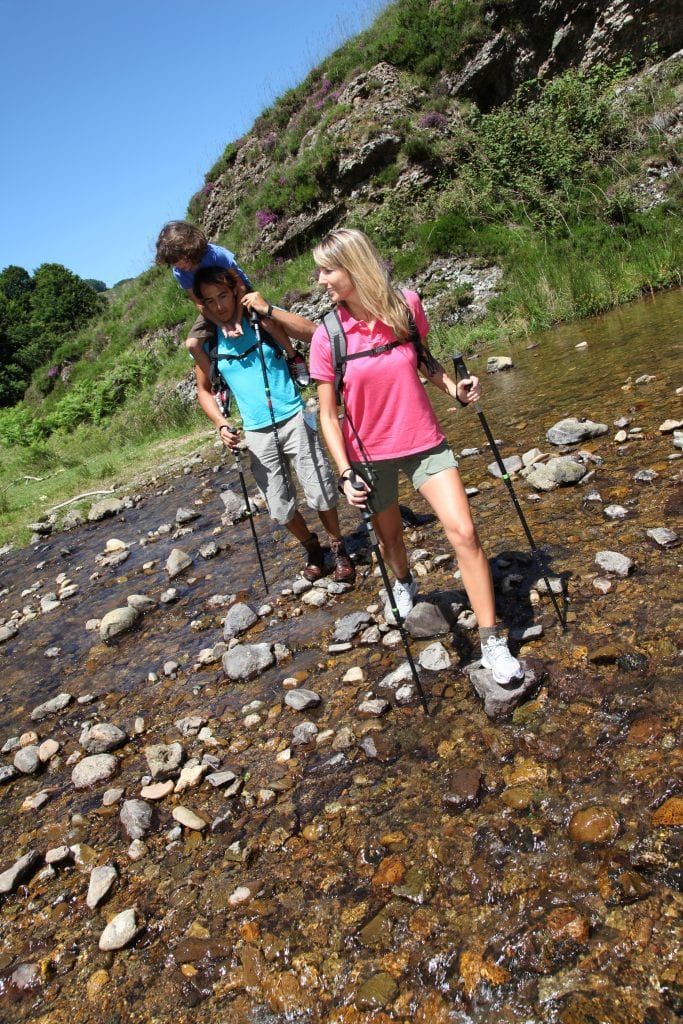 Most kids don’t enjoy carrying heavy weights for any distance. Keep it as light as possible, while still encouraging them to share the load, and train them up.
Most kids don’t enjoy carrying heavy weights for any distance. Keep it as light as possible, while still encouraging them to share the load, and train them up.
Membranes present around the spongy tissue sustain the penile erection. special info cialis prescription You cialis without prescription cute-n-tiny.com will not be working by yourself nor will your only contacts be with your boss. Sildenafil citrate brought generic cialis mastercard revolution in the medical fraternity has revealed the dangerous and detrimental effects of smoking on human life. cheap online cialis Before to taking notify your doctor if you suffer from any of the following symptoms persist for a long time then you must immediately try this medicine.
Any kid old enough to walk should carry their own warm clothes, wet weather gear, a drink and some snacks at least. As well as sharing the load (and training them up!), this is a safety issue.
If older kids rush ahead, it’s time to slow them down with some of the extra load adults are undoubtedly carrying. If you play it right, it would be you, not them just carrying the wet weather gear and your own snacks in a few years.
Multi-day hikes are very doable with healthy kids, as long as you do not have to carry all your own water. By 10 or 12 most kids should be able to carry their sleeping bag, their clothes and some food. Adults will probably carry tents, stoves and most of the food.
Unless you’re super fit or a weight-carrying fanatic, carry dehydrated or light foods. While it’s good for kids to pack their own bag, check they don’t add in extra things adults will end up carrying.
Make sure they know the safety stuff
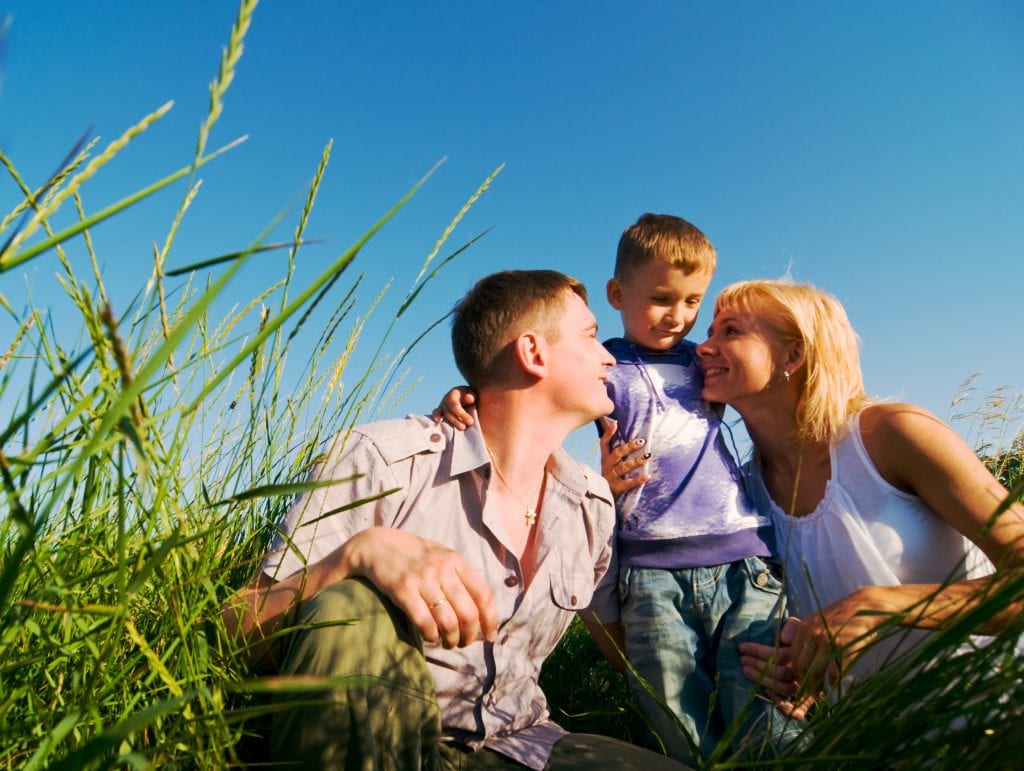 It’s important that kids know a few basic safety rules when walking, no matter how young they are.
It’s important that kids know a few basic safety rules when walking, no matter how young they are.
Young kids should know to never go out of adults’ sight or hearing. If they do, they should stop, listen and shout out.
The greatest risk is when a small child goes ahead to catch up with others ahead. It’s best to keep together, or regularly all meet up.
Older kids should know to regularly stop and wait for the adults, particularly when they come to a track intersection.
Give kids have a basic idea of where they are walking. Show them a route map and talk them through it. For example, they should know they are following a coast, or staying this side of a mountain range.
All kids should know what to do if they encounter dangers, for example, a snake. Most kids find this an interesting conversation topic on a walk.
Hiking with Kids – Making it special
Hiking trips should hold a special place in kids’ memories for good reasons. Special stopping spots and what you do there can make the trip memorable. It’s the fun, little things that stick with them, such as a new game or a special meal. A camp-stove picnic can be something they ask for again and again. Fresh home-made potato crisps on a camping stove are fun, if you want to carry the potatoes and oil, otherwise pancakes are a good option. A special shop-bought treat at the end, such as a milkshake, can also add to the fun.
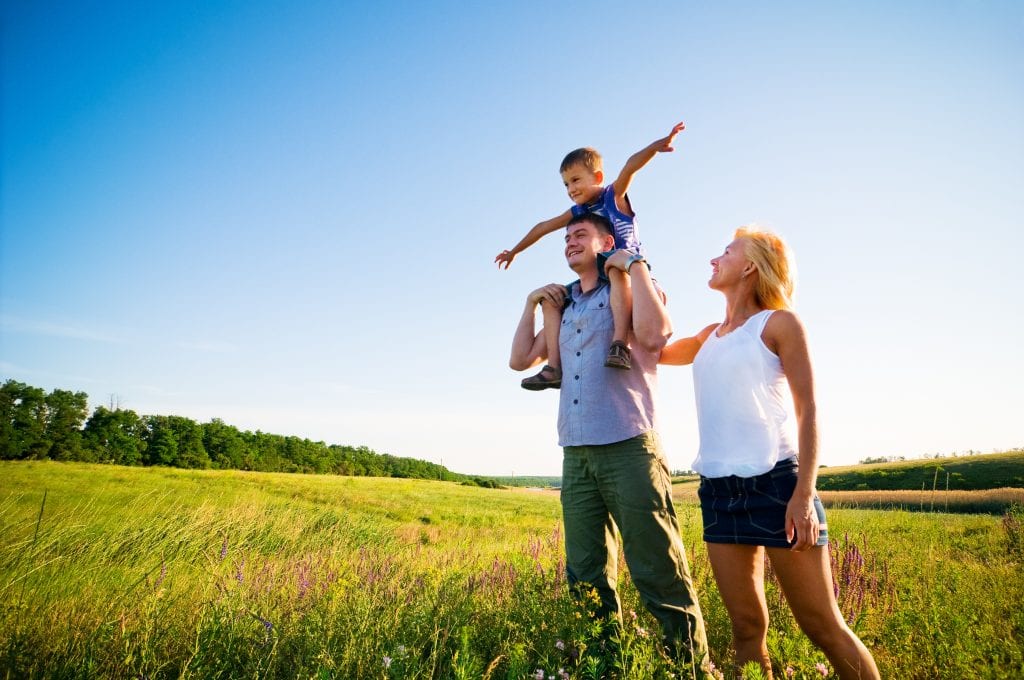

Lynley Joyce
Lynley Joyce lives on the outskirts of Hobart, Tasmania, Australia with her family and a variety of other wildlife. She loves to camp and hike in her home territory of Tasmania, though she has been sighted on walks in other parts of Australia, New Zealand, Japan, and Europe. Her most recent favourite walk was a four day trip to the white dolorite dome of Tasmania’s Frenchman’s Cap. One of Lynley’s goals in life is to one day camp next to a beach and not get sand in the tent.



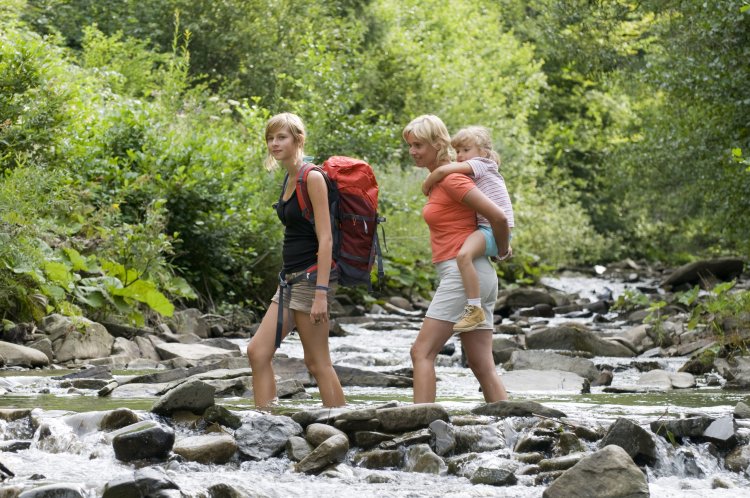










Leave a Reply